Silicon valley is in a talent war. Tech companies are battling to hire the top prospects like never before, with Google alone planning to add more than 6,000 people in 2011. They are also dishing out money left and right to retain employees, with counter-offers ranging from $500k to $3.5 million, and even $100 million! And yet, despite the incredibly high priority of hiring, companies like Google still waste their time with job postings like this:
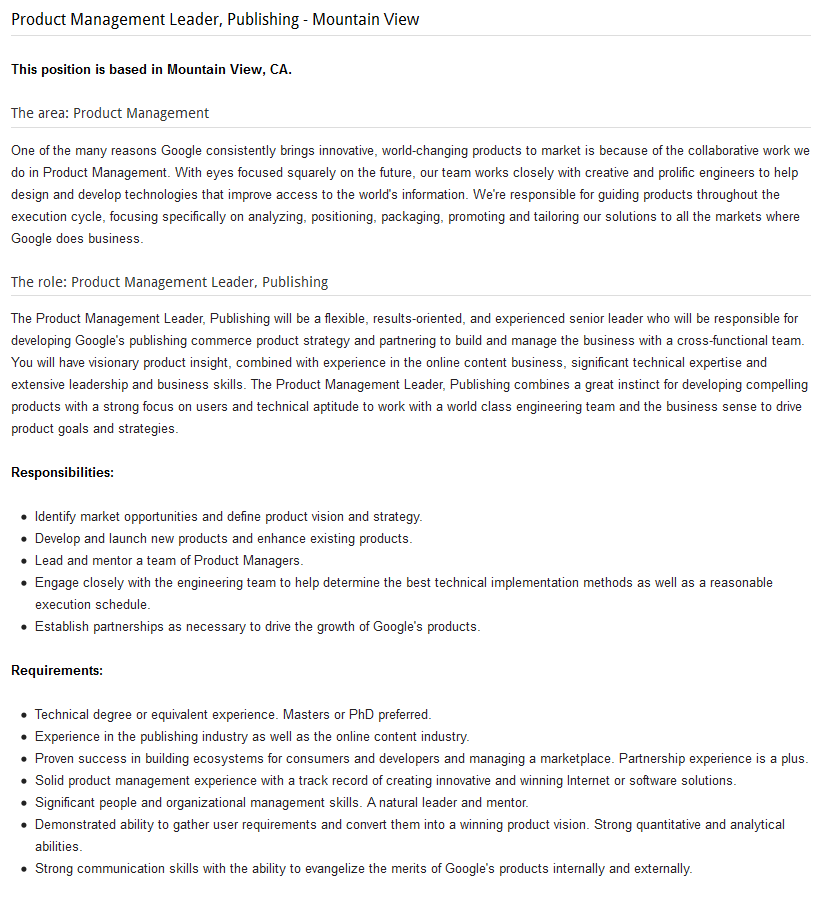
Looks like a normal job posting, right? What’s so bad about that, you ask? Everything. Just about the whole thing, start to finish, is a waste of time. And this post isn’t to pick on Google: just about every company does it: Facebook, Twitter and my own company, LinkedIn, all use the same types of job postings. In this blog post, I’m going to tell you why they are all wrong.
So many words. So little meaning.
Let’s start with the obvious: most of the content in these job postings is absolutely meaningless. Here are some choice phrases pulled straight from the job postings mentioned above:
Results-oriented. Work well both as part of a group and independently. Strong communication and documentation skills. Detail oriented with excellent written and verbal communication skills.
Now ask yourself a question: has anyone EVER looked at one of the phrases above and thought to themselves, “Communication skills? Nah, guess I can’t apply.” These are all vacuous phrases that your brain skips over as you read the job posting. They have no impact on the candidate one way or the other.
Clones

One of the difficulties in this talent war is distinguishing your company from the competition. In case you haven’t noticed, all job postings look alike. Even if you skip over the meaningless phrases mentioned above, every job posting is still just a blob of boring text that rattles off requirements. The job posting for a “Software Engineer” at one company is indistinguishable from another: “5+ years of experience, BS/MS/PhD in CS, excellent programming skills in Java…” Considering companies spend millions of dollars on branding, their job postings remain remarkably uniform.
The me monster
Finally, the biggest problem of all: most job postings are are totally, utterly selfish. They are the ultimate “me monster” at the party, totally focused on what the company wants, what the company’s requirements are, we must have this, we need that, don’t bother applying if you don’t have those. The candidate’s needs and desires are almost totally forgotten. The vast majority of job postings describe the how and the who, but totally leave out why you’d ever want to apply there in the first place.
If you’re fighting tooth and nail to fill job openings, this is kind of a big deal. Your job posting might contain some info an active job candidate is looking for - and even that is questionable - but it is totally useless to passive candidates. And that’s a problem, because the vast majority of people are passive candidates and, by definition, are not looking for a job, or for that matter, a job posting.
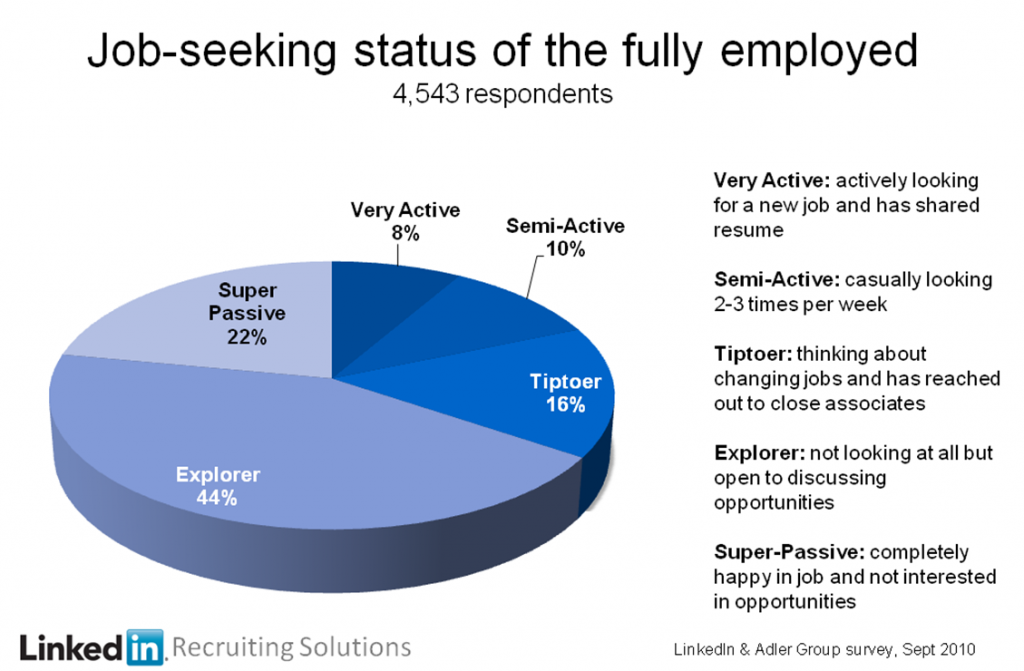
The ideal job posting
To figure out what the ideal job posting is, you have to ask one question: what is the candidate actually looking for? Of course, you’ve known the answer to this all along: everyone wants the opportunity to work on cool products, with smart people, and in a great culture. So the perfect job posting would do two things:
- Advertise the fact that your company is, in fact, hiring for specific positions. This should take no more than a few sentences: job title, location, very brief description.
- Show off everything you can about your brand to convince the candidate that your company is where they’d want to work. Instead of filling the page with filler text and meaningless details, give me a glimpse of the products you build; tell me about the team and why they are the best at what they do; highlight the technologies involved and the tough problems you solve. In short: show, don’t tell.
Some examples
Sadly, there are relatively few decent job postings on the web. Just about every company has been suckered into using this antiquated text-based method - a left over from newspapers and bulletin boards - and we have yet to move this part of the hiring process into the 21st century. Here are a few decent examples I’ve been able to find that are at least intriguing and, even as a passive candidate, might have caught my interest:
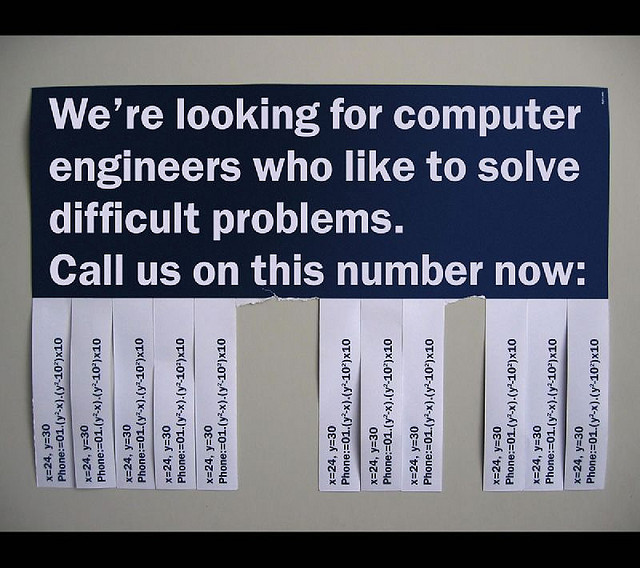
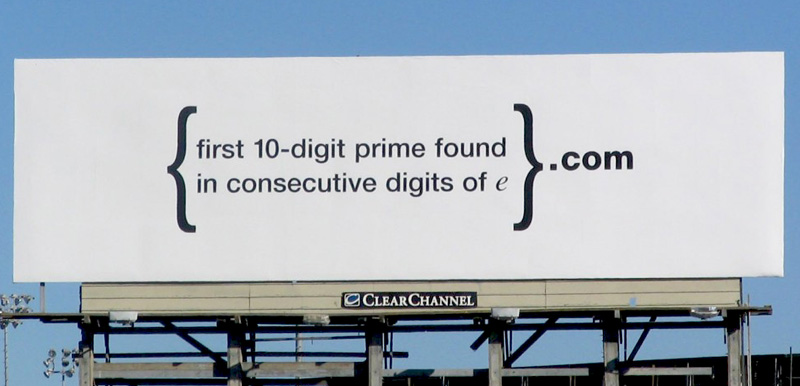




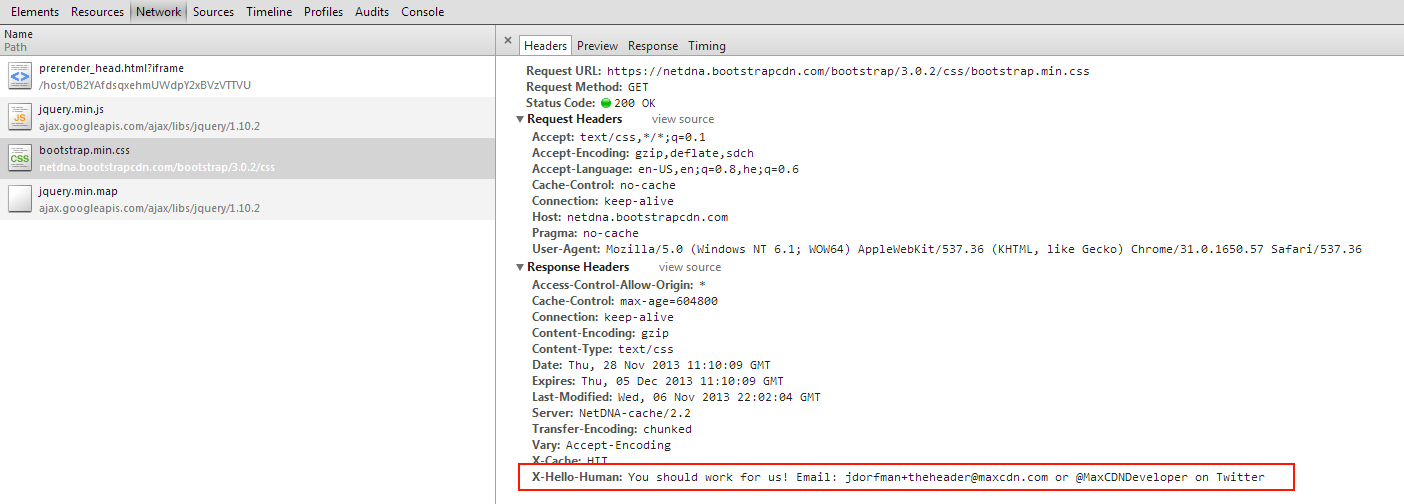

If you know of other job postings, let me know in the comments!
Herman van der Veer
If you enjoyed this post, you may also like my books, Hello, Startup and Terraform: Up & Running. If you need help with DevOps or infrastructure, reach out to me at Gruntwork.
